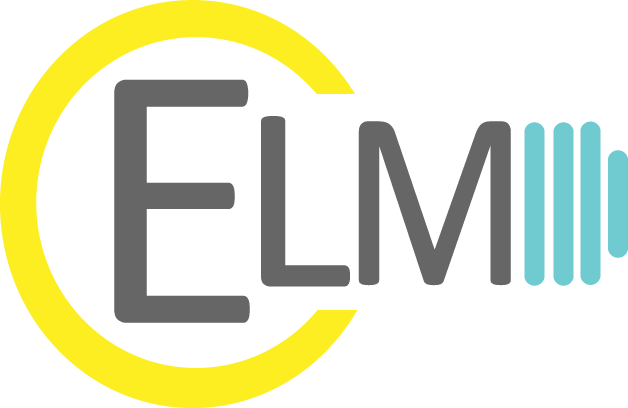The LEED Certification Process
- Rating System: LEED offers different rating systems tailored to specific building types and project scopes. These rating systems provide a set of prerequisites and credits that cover various aspects of sustainable design and operation, such as energy efficiency, water conservation, etc. Projects earn points for meeting specific criteria within each category.
- Certification Levels: LEED certifications are available at different levels based on the total number of points earned. The certification levels include Certified (40-49 points), Silver (50-59 points), Gold (60-79 points), and Platinum (80+ points).
- Project Registration: To pursue LEED certification, a project must be registered with the USGBC. This allows project teams to access the necessary resources, documentation templates, and online tools provided by the USGBC to guide them through the certification process.
- Documentation and Verification: During the certification process, project teams must gather and submit documentation that demonstrates compliance with the prerequisites and credits in the chosen rating system. This documentation includes architectural plans, product specifications, performance data, test reports, and other relevant information.
- Performance-Based Approach: LEED takes a performance-based approach, meaning that it assesses how the building performs in terms of energy usage, water consumption, indoor air quality, and other sustainability metrics.
- Continuous Improvement: LEED certifications are not static but encourage ongoing performance monitoring and improvement. Projects must commit to meeting specific operational requirements and maintain their performance over time.
